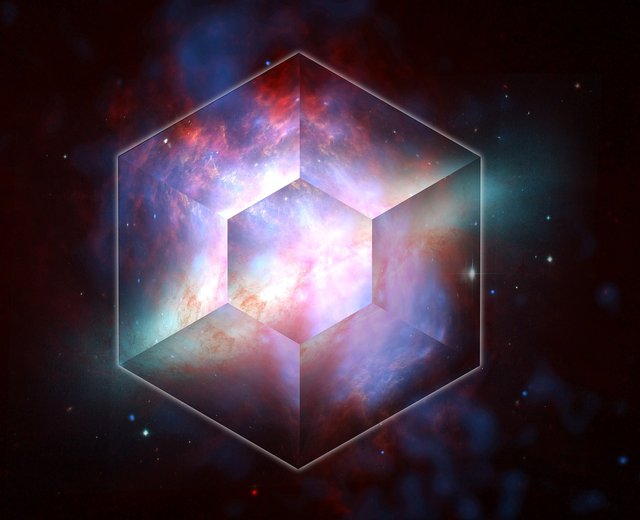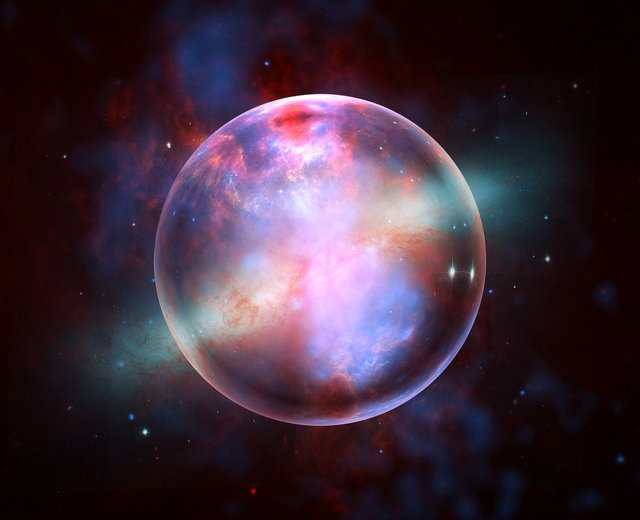To make it easy how the universe expands, blow an inscribed balloon with dots that are spread evenly on the surface. What happen? Yes, the balloon is expanding and the points are getting away from each other. Though the points are not moving. What is the cause? Because the balloon is expanding.
Now, analogize the inflated balloon as the expanding universe and the dots on the surface of the balloon as galaxies. From this analogy we can conclude, when the universe expands, the spacings of each galaxy with other galaxies will become larger. This is what Edwin P. Hubble, an American astronomer in the 1920s.
In addition, Hubble also found, the further distance the two galaxies, the rate away even greater, with a value that is proportional to the distance. This is what is now known as Hubble's law.
From Hubble's law is born a parameter that states the rate of development of the universe when certain, called Hubble parameters. Its value at that particular moment is called the Hubble constant, which at this time is about 72 km / s / Mpc. The meaning of this value is in one second, due to the expansion of the universe the increase in distance of two galaxies initially separated as far as 1 Mpc is approximately 72 km. (1 Mpc is the distance traveled by light that has a rate of 300,000 km / s for 3.26 million years).
From this Hubble constant, we can know the cosmic age of the universe today, which is approximately 14 billion years old, and the radius of the universe that can be observed today, which is approximately 4,100 Mpc. (Please compare with human age which may be only 63 years old and not far from 2 meters high).
In principle, the Hubble constant is the ratio of the rate away from an object with its distance from the observer. The rate away from an object can be determined by comparing the location of the spectrum that characterizes the object from the observation and location of the spectrum in the manual. While the distance from the observer can be known in many ways, which may be a name is still foreign to us. For example the cepheid variable star (formerly Hubble), the gravitational lens effect, the Sunyaev-Zeldovich effect, the Far-type supernova, and the Tully-Fisher relation. Each has advantages and disadvantages. One thing is for sure, the results of his observations inspire, the cause of increasingly far away objects in the sky is the universe is currently expanding.
However, does the current universe expand at a constant rate, slowed down, or accelerated? It turns out that the observations of the type supernova He is far away and variations in CMBR temperature indicate, the universe expands accelerated. In addition to removing the perceived delay in the development of the universe today, these results also prove, Hubble parameter values are not fixed forever. However, this result also raises new questions, whether the cause of the universe is now expanding accelerated? This is the question that scientists are trying to answer now.
Thanks... sorry if there is a mistake in this writing.
Referency : 1, 2, 3, 4, 5,6, 7


@ponpase @pojan @bangmimi @adilvakhri






Mantap bangeut broe .. udh saya follow dan upvote. Di tunggu folback nya ..saling mendukung satu sama lain.kaloe ad komunitas di WA bisa dong saya di gabungkan
Downvoting a post can decrease pending rewards and make it less visible. Common reasons:
Submit
Thanks for reading...
Downvoting a post can decrease pending rewards and make it less visible. Common reasons:
Submit